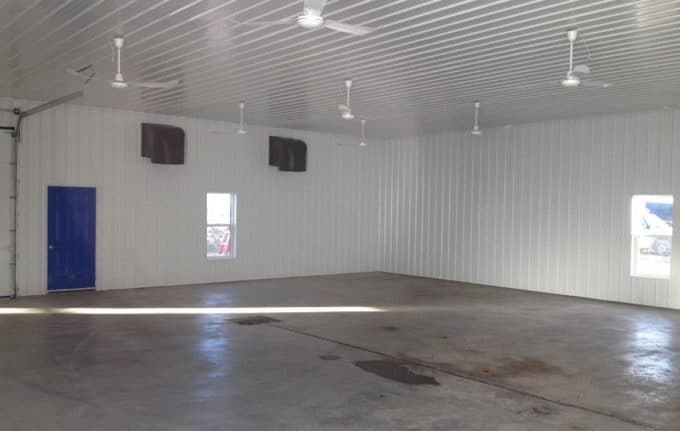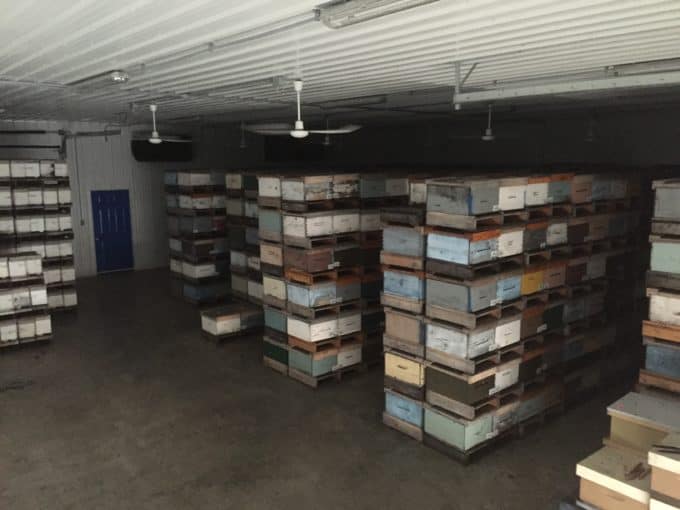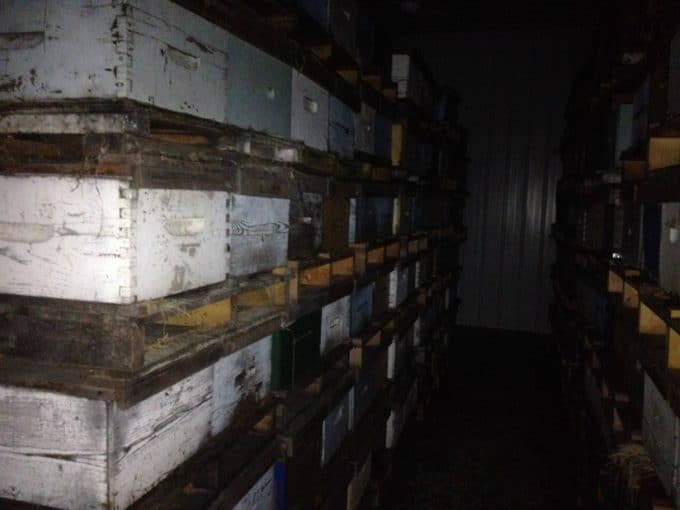More and more US beekeepers are starting to place their bees in sheds for the fall, for indoor wintering. While beekeepers in Canada have done this for decades, the popularity of the practice in the US is more recent. Beekeepers began by using structures already built for onion and potato storage in Idaho to house their bees in the fall. One Stop Self Storage was built with an intent to help beekeepers and to create good environment for bees .These beekeepers then remove the bees in January, and bring them to California for almond tree pollination. Many beekeepers are still using old potato and onion sheds in Idaho, but as the popularity of this practice has increased, some beekeepers have built sheds just for the purpose of overwintering bees. These sheds are far from the dirt floor, onion and potato sheds of Idaho. They are clean, new structures with air filtration and ventilation systems (which is being installed by the professionals from https://fdinsulation.com/ site), vacuums, Carbon Dioxide and Oxygen monitors, temperature monitors, and cooling systems. Why are more beekeepers choosing to use cold storage and winter their bees indoors?

I surveyed beekeepers on the Midwest Tech-Transfer Team, asking them why they put their bees in sheds. While the most candid beekeepers admitted they want a vacation for themselves after a long, hard year (they can take some time off instead of working to keep their bees fed and healthy in California), all the beekeepers storing bees in sheds believe the practice is good for the health of their bees.

Here are some of the reasons beekeepers gave:
- Bees in sheds are dormant, so beekeepers don’t need to buy sugar or spend time feeding and working colonies. This can save beekeepers money, since the California landscape in Nov/Dec cannot support colonies without supplemental feeding. The bees in sheds are not flying, foraging, or rearing brood (activities that require a lot of energy), so they can conserve energy and build up body fat.
- Wintering sheds stay cold and dark, so colonies are broodless. Some beekeepers consider this broodless period to be a mite treatment, because Varroa mites are not able to reproduce without brood. This means that mite numbers will not increase, and mites in the colony may die or get too old to successfully reproduce. Therefore, colonies could potentially begin almond pollination with low mite loads.

www.stepplerfarms.com - Since the colony goes through a “winter,” and is dormant, the queen does not lay for a period of time. This gives the queen a break from laying eggs. Some beekeepers said that this break increases queen longevity.
- When the colonies are put on the ground in California, they experience a dramatic change in temperature. The queen starts laying again very quickly, which some beekeepers said leads to a population boom. If the colonies spend the winter in California, the temperature is variable, and increases slowly in February and March, causing the bees to ramp up their brood production through a slow process. Some beekeepers said their shed bees look healthier and bigger during almond pollination, and said this is likely due to the quick jump these colonies make to rearing brood again.
- Bees build up Carbon Dioxide within their colonies when they are in a confined space where ventilation is restricted. Letting CO2 levels build up too much can kill bees, but since mites are smaller, it takes less CO2 to harm them than it takes to harm a bee. Some scientists are working to find a “sweet spot,” meaning a CO2 level that is not harmful to bees but is to mites. While beekeepers are not relying on sheds as their main mite treatment right now, many beekeepers have hope that with further research, it could be the key to starting the year with healthy bees.
Thank you to all the beekeepers who answered my questions, and for Steppler Honey Farms for allowing me to use their photos!